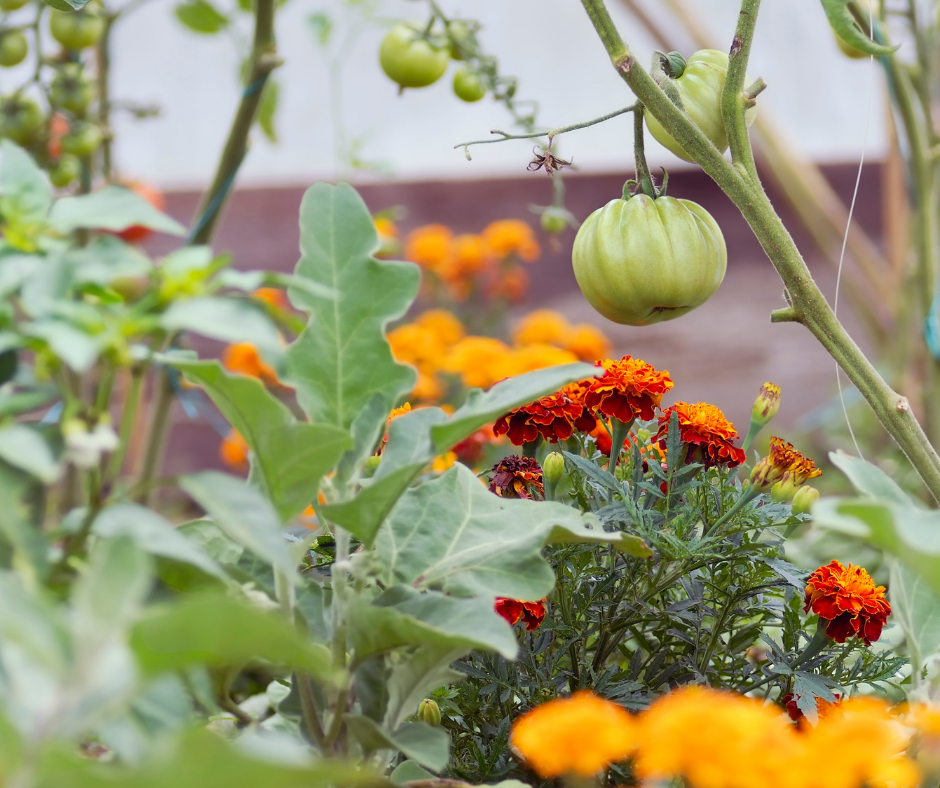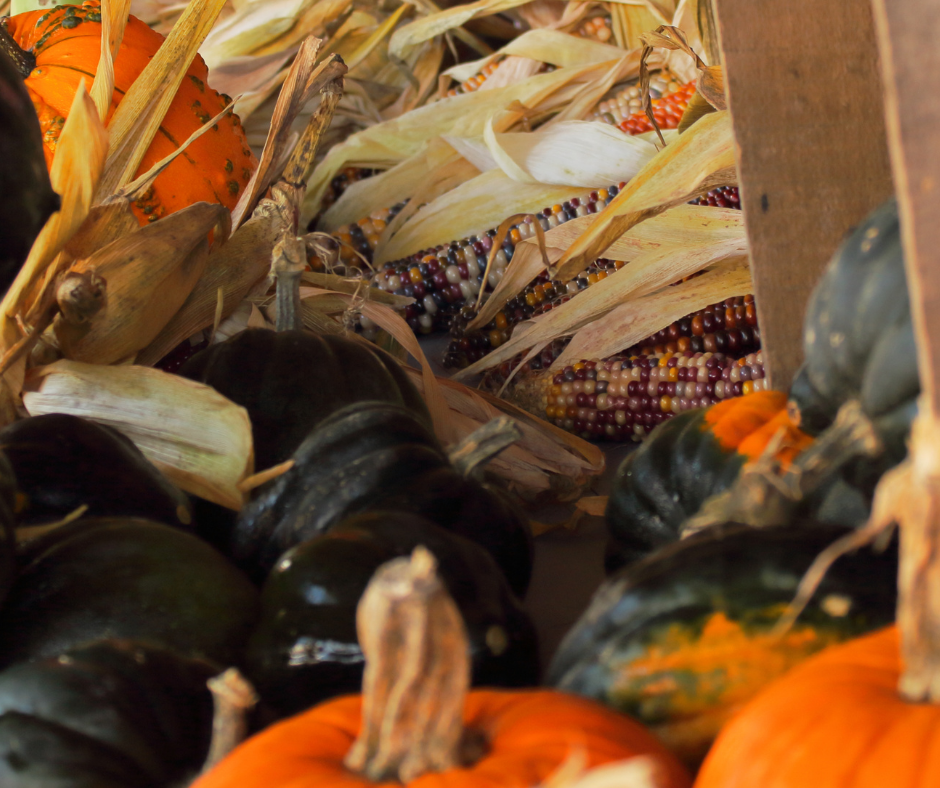
By: Rose Burrell
Adapted from Companion Planting in Home Gardens, by Natalie Hoidal. Available on the UMN Extention website.
Planning your garden is one of the most exciting times of the year. There are endless options and endless combinations of fruits, veggies and herbs. Considering how plants complement one another while growing is a holistic, efficient way to plan your garden. Companion planting has plenty of benefits for gardeners and plants alike: from saving space to warding-off insects. If you’d like to try this strategy when planting your garden this year, here are some simple tips from the University of Minnesota Extension.

Tip 1: Plant early season and later maturing plants together
If you are working with a small space or if you want to utilize your garden to its full potential, companion planting can be a great way to conserve space. This can be accomplished by growing early, short-season plants in the same bed as plants that mature later in the season.
1. First, plant your early season veggies (lettuce or spinach, for example).
2. As those crops are maturing, plant your later maturing plants (tomatoes).
3. When the early season plants are ready for harvest, the canopy of the later maturing ones will just be filling out.
4. Now, as you enjoy your first harvest, you have a whole other harvest ahead of you.
Not only is this process efficient by creating two harvests out of the one bed, it also helps build the soil and suppress weeds by keeping live roots in the soil and the soil surface consistently shaded.
Tip 2: Build your soil more by having plants with varying kinds of roots
Though any live roots in the ground will be beneficial, different plants have different kinds of roots that can benefit the soil and other plants in different ways.
- Those with taproots or tubers, like carrots, can break up compacted soils and help with aeration.
- Plants with deep root systems, like melons or tomatoes, can pull nutrients and water from deeper soils.
- Legumes, like peas or clover, have special root nodules that allow for the fixation of nitrogen which can reduce the need for extra fertilizing.

Tip 3: Instead of buying trellises, grow them
Some plants can physically support each other, reducing the need for stakes or trellises. The most famous example of this is the indigenous model of the 3 sisters; corn, squash, and beans. The tall corn stalk acts as a trellis for the bean vines to climb. In addition:
- The beans act as a visual deterrent for squash insect pests.
- Beans, as legumes, provide helpful nitrogen to the soil.
- The squash can deter sweet corn loving animals, like raccoons.
The 3 sisters is one of the most popular examples of companion planting because of these balancing benefits as well as the balanced nutrition they provide.
Tip 4: Plant a variety of edible plants and flowers together
Planting a variety of plants, including flowers, can help you manage insect pests in your garden.
- Some insects use visual clues like leaf shape or color to find their plant of choice. If you grow a lot of the same plant in the same bed, its easy for these pests to find them. Having a variety of plants with different heights, colors, and textures in the same bed makes this more difficult for pests to locate.
- Cultivating variety creates habitat and food for different predator insects and parasitoids, which eat or lay eggs in other insects. So, attracting them and supporting their populations means they’ll be around to take care of those pests for you.
Companion planting provides many benefits to you as a gardener and to your plants as they work hard growing food for you. These starting guidelines can help you try it out and experience them for yourself. Happy Gardening!
The views and opinions expressed in guest author articles are those of the author(s) and do not reflect the views or opinions of the Minnesota Grown Program or the Minnesota Department of Agriculture.
